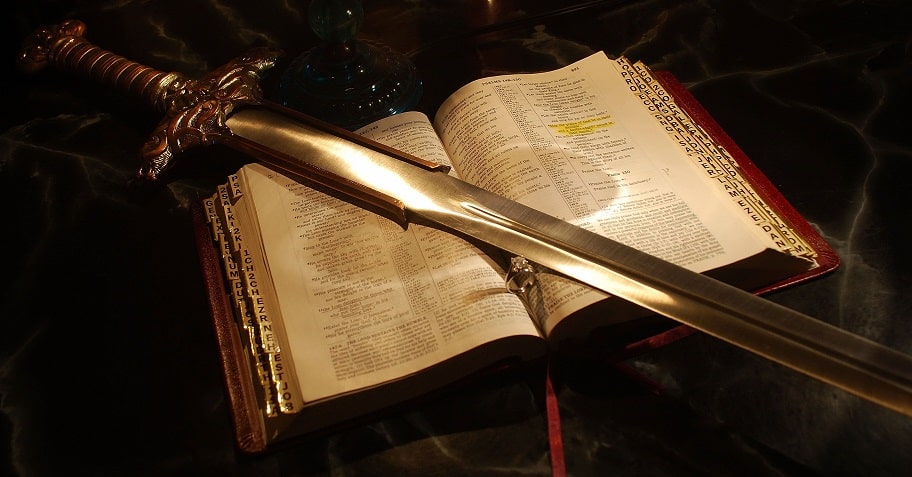Behold the Lamb of God: Understanding the Sacrifice and Redemption
Introduction
Today, we delve into a profound sermon that explores the intricate story of the lamb in the Bible, from Genesis to the New Testament. This sermon helps us understand the significance of the lamb in God’s plan for redemption and how it culminates in Jesus Christ. Whether you’re a long-time believer or new to the faith, this summary will provide you with insights into the biblical narrative and its relevance to our lives today.
The Ten Plagues and the Final Plague
What Are the Ten Plagues?
The ten plagues were a series of divine judgments on Egypt, each demonstrating God’s supremacy over the false gods of Egypt. These plagues were a response to Pharaoh’s question, “Who is the Lord that I should listen to him?” Each plague revealed God’s power and authority, culminating in the final and most severe plague.
The Tenth Plague: Death of the Firstborn
The tenth and final plague was the death of the firstborn in Egypt. This plague was a direct judgment on the gods of Egypt and a pivotal moment in the story of the Israelites’ exodus from slavery. God instructed the Israelites to sacrifice a lamb and mark their doorposts with its blood. This act of faith would cause the angel of death to “pass over” their homes, sparing their firstborn.
The Story of the Lamb
### Genesis 22: The Sacrifice of IsaacThe story of the lamb begins in Genesis 22, where God tests Abraham by asking him to sacrifice his son Isaac. This story is a prophetic reenactment, foreshadowing the ultimate sacrifice of Jesus. Isaac’s question, “Where is the lamb for the burnt offering?” is answered in the New Testament with Jesus, the Lamb of God.### The Law of the FirstbornIn Exodus 13, we learn about the law of the firstborn, which required the Israelites to redeem their firstborn sons with a lamb. This law underscores the concept of a debt that needs to be paid, a theme that runs throughout the Bible and finds its ultimate fulfillment in Jesus.
Jesus: The Lamb of God
The Passover Meal
During the Passover meal with His disciples, Jesus redefines the elements of the meal. He takes the bread and the cup, symbolizing His body and blood, and establishes a new covenant. Interestingly, the New Testament accounts of this meal do not mention a lamb, highlighting that Jesus Himself is the Lamb.
John the Baptist’s Declaration
John the Baptist identifies Jesus as the Lamb of God who takes away the sin of the world (John 1:29). This declaration ties together the Old Testament sacrificial system and the New Testament fulfillment in Jesus.
Life Application
Behold the Lamb of God
This week, take time to “behold the Lamb of God.” Reflect on what it means to be a follower of Christ and the immense sacrifice He made for you. Consider the following questions:
- How does understanding the story of the lamb deepen your appreciation for Jesus’ sacrifice?
- In what ways can you incorporate the significance of Jesus’ sacrifice into your daily life?
- How can you share the story of the Lamb of God with others who may not know Him?
Challenge for the Week
Spend time in prayer and meditation, focusing on the sacrifice of Jesus. Let this reflection renew your faith and inspire you to live out the love and grace that He has shown you. Share this understanding with someone who may need to hear it, and let the story of the Lamb of God transform your life and the lives of those around you.
Conclusion
The story of the lamb is a powerful narrative that runs throughout the Bible, culminating in the ultimate sacrifice of Jesus Christ. By understanding this story, we gain a deeper appreciation for God’s plan of redemption and the immense love He has for us. Behold the Lamb of God, and let this truth resonate in your heart and life this week.
This series may be taken as a course offered by the Online Bible Institute. For more information check out the Keys Vineyard Ministries Courses page.
Steve Lawes is a Church Consultant and also provides coaching for pastors, churches, ministries and church planters.



